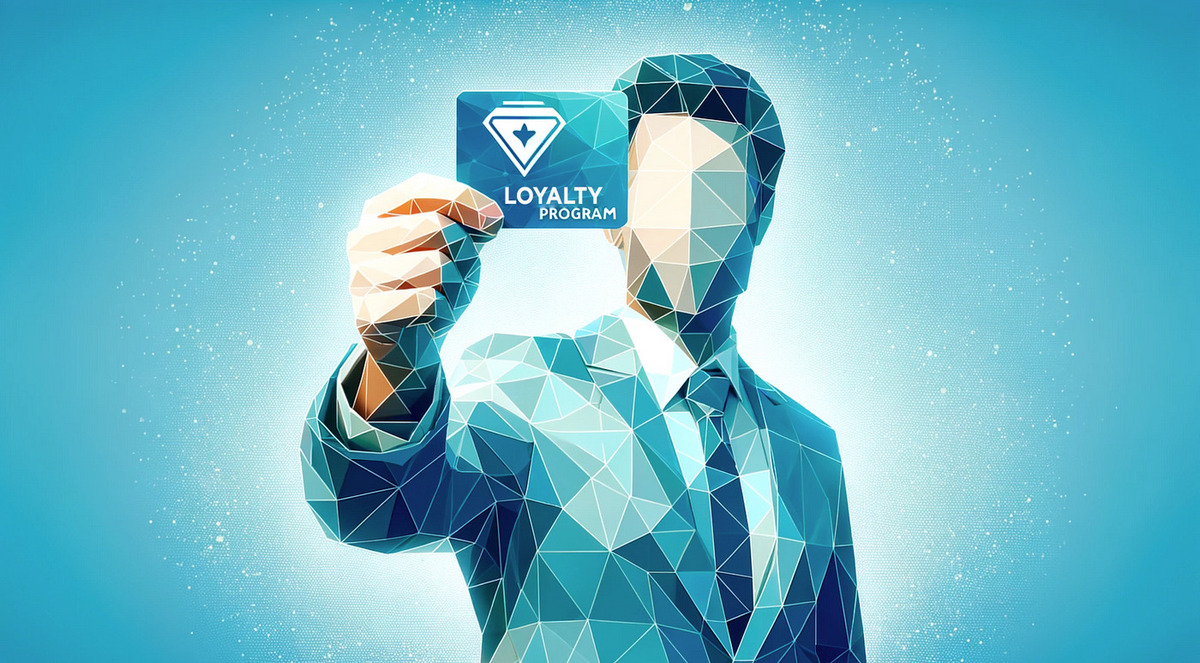
Loyalty programs have become a staple in today's shopping experience. But what makes these programs so appealing? Loyalty programs offer customers rewards for their continued patronage, creating a win-win situation for both businesses and shoppers. From earning points on every purchase to receiving exclusive discounts, these programs are designed to keep customers coming back. But there's more to them than just perks. They also provide valuable insights into consumer behavior, helping businesses tailor their offerings. Whether you're a frequent flyer, a coffee lover, or a fashion enthusiast, there's likely a loyalty program tailored just for you. Ready to dive into some intriguing facts about these programs? Let's get started!
What Are Loyalty Programs?
Loyalty programs are designed to reward customers for their continued patronage. These programs offer various incentives to keep customers coming back. Let's dive into some fascinating facts about loyalty programs.
-
Origins: The first loyalty program dates back to the 18th century when American retailers gave customers copper tokens that could be redeemed for products.
-
Airline Pioneers: American Airlines launched the first frequent flyer program in 1981, revolutionizing customer loyalty in the travel industry.
-
Points Galore: Most loyalty programs operate on a points-based system, where customers earn points for purchases that can be redeemed for rewards.
-
Tiered Rewards: Many programs have tiered levels, offering better rewards as customers spend more, encouraging higher spending.
-
Digital Shift: With the rise of technology, many loyalty programs have moved to digital platforms, making it easier for customers to track and redeem rewards.
Benefits for Businesses
Loyalty programs aren't just beneficial for customers; they offer significant advantages for businesses as well.
-
Customer Retention: Businesses with loyalty programs see higher customer retention rates, as customers are more likely to return to earn rewards.
-
Increased Sales: Customers enrolled in loyalty programs tend to spend more than non-members, boosting overall sales.
-
Data Collection: These programs provide valuable data on customer preferences and buying habits, helping businesses tailor their offerings.
-
Brand Loyalty: Loyalty programs foster a stronger connection between the customer and the brand, leading to long-term loyalty.
-
Competitive Edge: Offering a loyalty program can give businesses a competitive advantage in crowded markets.
Types of Loyalty Programs
There are various types of loyalty programs, each with its unique approach to rewarding customers.
-
Points Programs: The most common type, where customers earn points for purchases that can be redeemed for rewards.
-
Cashback Programs: Customers receive a percentage of their purchase amount back as cash or store credit.
-
Punch Cards: Often used by small businesses, customers receive a punch or stamp for each purchase, earning a reward after a certain number of punches.
-
Tiered Programs: Customers unlock better rewards as they reach higher spending tiers.
-
Subscription Programs: Customers pay a recurring fee for exclusive benefits and rewards.
Customer Perception
Understanding how customers perceive loyalty programs can help businesses design more effective ones.
-
Value Perception: Customers are more likely to join and stay in a program if they perceive the rewards as valuable.
-
Ease of Use: Programs that are easy to understand and use are more successful in retaining customers.
-
Personalization: Personalized rewards and offers make customers feel valued and increase program engagement.
-
Transparency: Clear communication about how the program works and what rewards are available builds trust with customers.
-
Instant Gratification: Offering immediate rewards or benefits can boost customer satisfaction and loyalty.
Global Trends
Loyalty programs vary widely across different regions and industries.
-
Asia's Boom: Loyalty programs are rapidly growing in Asia, with many businesses adopting innovative approaches to customer rewards.
-
Europe's Focus: European programs often emphasize sustainability and ethical rewards, reflecting consumer values.
-
Mobile Integration: Globally, there's a trend towards integrating loyalty programs with mobile apps for convenience.
-
Social Media: Some programs leverage social media to engage customers and offer exclusive rewards.
-
Experiential Rewards: Instead of just products, many programs now offer experiences like travel or events as rewards.
Challenges and Criticisms
Despite their benefits, loyalty programs face several challenges and criticisms.
-
Over-Saturation: With so many programs available, customers can become overwhelmed and less engaged.
-
Privacy Concerns: Collecting customer data raises privacy issues, and businesses must handle this data responsibly.
-
Cost: Implementing and maintaining a loyalty program can be costly for businesses, especially small ones.
-
Fraud: Loyalty programs can be targets for fraud, requiring robust security measures.
-
Changing Preferences: Customer preferences and behaviors change over time, requiring programs to adapt continuously.
Loyalty Programs: The Bottom Line
Loyalty programs offer a win-win for both businesses and customers. They boost customer retention, increase sales, and build brand loyalty. For customers, these programs provide rewards, discounts, and a sense of belonging. Businesses can gather valuable data on customer preferences and behaviors, allowing for more personalized marketing strategies.
However, not all loyalty programs are created equal. The most successful ones are easy to use, offer meaningful rewards, and make customers feel valued. Whether you're a business owner looking to implement a loyalty program or a consumer deciding which ones to join, understanding these key facts can help you make informed decisions.
In the end, loyalty programs are more than just points and rewards—they're about building lasting relationships. So, next time you swipe that loyalty card, remember the benefits go both ways.
Was this page helpful?
Our commitment to delivering trustworthy and engaging content is at the heart of what we do. Each fact on our site is contributed by real users like you, bringing a wealth of diverse insights and information. To ensure the highest standards of accuracy and reliability, our dedicated editors meticulously review each submission. This process guarantees that the facts we share are not only fascinating but also credible. Trust in our commitment to quality and authenticity as you explore and learn with us.


